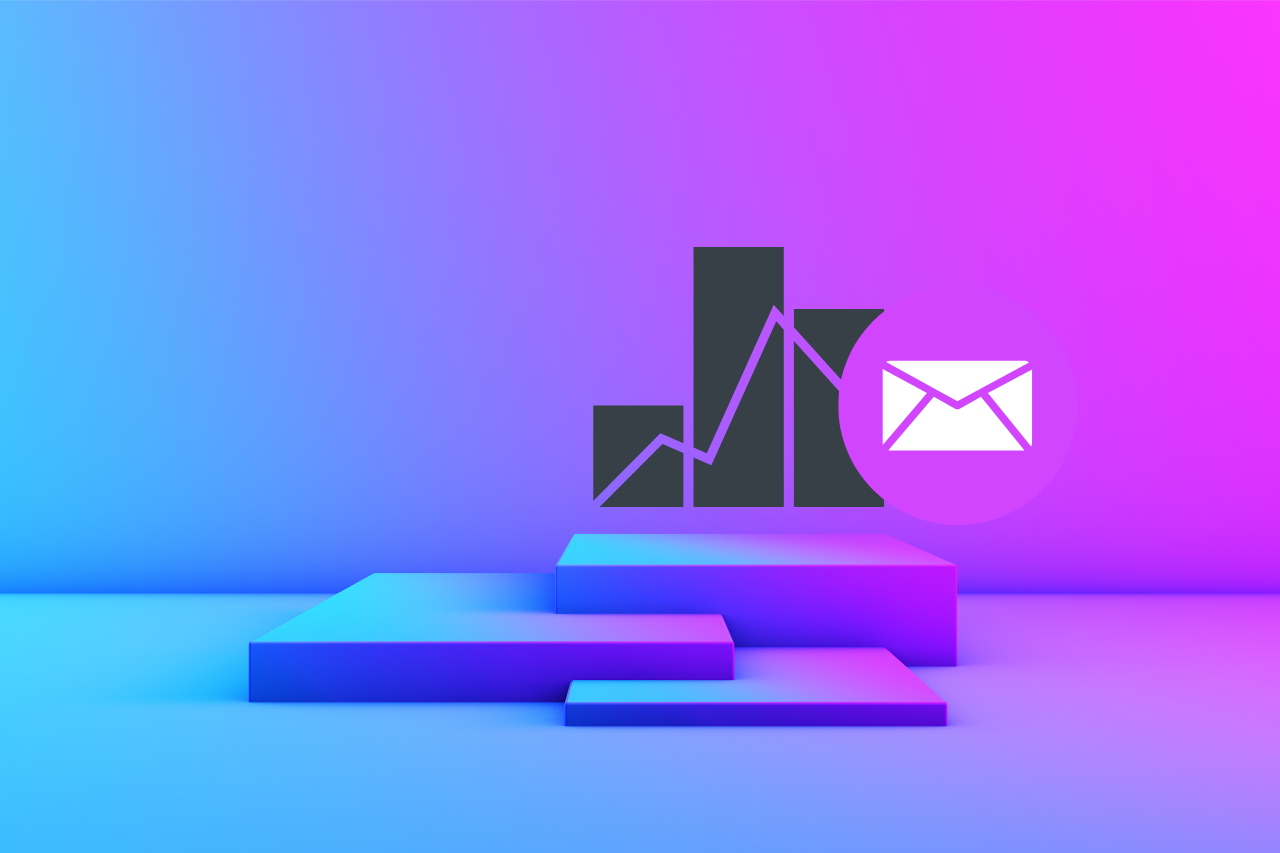How to enhance productivity with email management software & analytics

How to enhance productivity with email management software & analytics
Discover how to boost your team’s efficiency with email management software and analytics. Learn the best tools and strategies to enhance productivity and improve email response times.
What should I look for in email management software?
There's a dizzying range of email management software solutions on the market, catering for nearly every need. But not all email management software tools are created equal.
To ensure you choose the one that is right for you, make sure it offers some or all of the following benefits:
- It's easy to use through an intuitive interface that doesn't draw your attention away from the important work you're trying to do.
- It integrates with your existing tools such as Microsoft Outlook and Google Workspace.
- It offers high levels of security, which is particularly important considering email's role as a favored attack vector for cyber threats.
- It combines flexible scheduling and powerful automation capabilities to reduce repetitive work and make your life easier.
What are the best email management software tools?
With such a wide range of email management software tools available to achieve email efficiency, choosing the right one can be difficult. But worry not! Here are four of our favorite email management software tools to enhance your productivity:
1. timetoreply
timetoreply's email management tools empower customer-facing teams with data insights and automation to optimize their email performance, cut down on email reply times, and boost efficiency and customer experiences across the entire email communication process. timetoreply stands out by not just focusing on the speed of reply but on the overall effectiveness of your email interactions.
Best for: Teams looking to optimize email performance, improve resolution rates, and enhance customer satisfaction.
Key feature: Holistic performance optimization with real-time insights, automation capabilities, and a focus on resolution efficiency.
Pricing: Starts with a free trial; pricing varies based on features and team size.
2. Superhuman

This AI-powered tool is designed for speed, offering a range of shortcuts and commands that allow users to quickly perform actions in their inbox without the need for a mouse.
Superhuman's key selling point is speed, promising users they'll get four hours back each week in productivity savings. The tool also offers insights and analytics into email habits, helping users optimize their email productivity.
Best for: Busy professionals and executives
Key feature: AI-powered responses and automation
Pricing: Starting at $30 per user per month, this is one of the most expensive email management tools on the market today.
3. Help Scout

Help Scout is tailored to the needs of teams on the frontline of customer-facing interactions. The tool provides a shared inbox that allows multiple team members to manage and respond to emails from a centralised location. Help Scout's top selling point is its laser focus on customer service teams, offering detailed analytics, customer satisfaction ratings, and an extensive knowledge base.
Best for: Frontline customer-facing teams.
Key feature: Collaborative customer service team environments.
Pricing: Standard plans start at $20 per user per month, with Pro plans at $65 per user per month.
4. Front

One of the most popular email management software tools, Front bills itself as a 'platform for exceptional customer service at scale'.
Best for: Scaling customer service operations with a focus on collaboration and efficiency.
Key feature: Centralized inbox with team collaboration features and comprehensive analytics.
Pricing: Pricing starts at $19 per user per month with custom pricing for enterprise solutions.
How can I use email management software to enhance my productivity?
Email management software can significantly boost productivity by organizing your inbox, automating repetitive tasks, and providing insights into email performance. Utilize features such as automated sorting, response templates, and detailed analytics to streamline workflows and reduce time spent on email-related tasks.
What are some general email productivity tips?
In addition to using email management software, consider these tips to further enhance productivity and improve response times:
- Prioritize emails🥇:
Use filtering and tagging to prioritize important emails and manage your inbox more efficiently.
- Set time limits⏳:
Allocate specific times for checking and responding to emails to avoid constant interruptions.
- Use templates📃:
Create and use email templates for common responses to save time and maintain consistency.
- Regular reviews⭐️:
Periodically review and adjust your email management practices to ensure they align with evolving needs and goals.
By leveraging the right email management software and implementing these productivity tips, you can transform how you handle emails, leading to improved efficiency and better overall performance.
Unlock peak email performance
Ready to elevate your email performance and transform customer interactions? Experience how timetoreply’s advanced tools can optimize your team’s efficiency, enhance resolution rates, and deliver exceptional customer service.
Start your free trial today and see firsthand how we can empower your team to achieve new levels of performance excellence.
